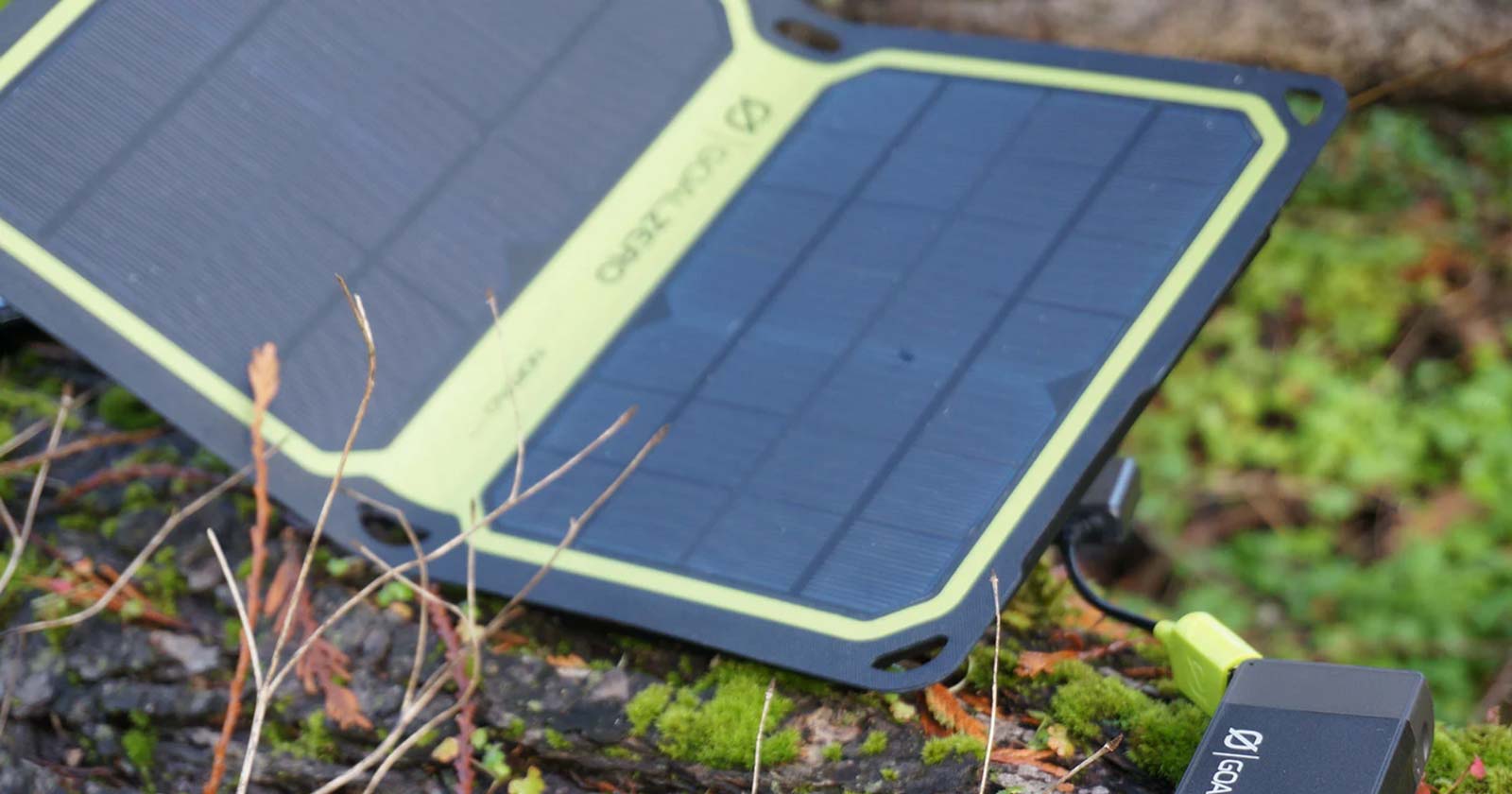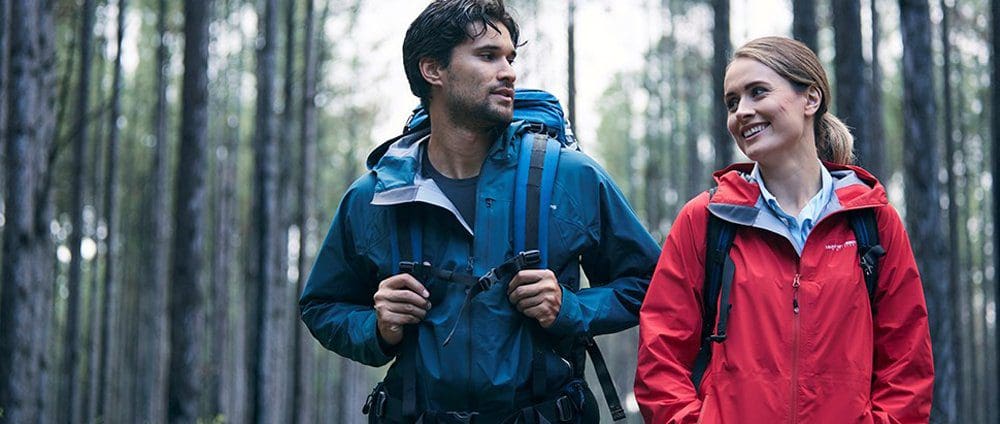Hiking Shelters 101
When preparing for a hiking trip, one of the most important decisions you’ll make is what kind of shelter to bring along. Shelters vary widely, from traditional tents to minimalist options for lightweight backpackers. Most shelters fall into one of four main categories: double-walled tents, single-walled tents, tarps, and hammocks (often paired with a tarp). Each style has its own pros and cons, and the best option for you will depend on your hiking style, trail conditions, and personal preferences. Let’s dive into the most common types of hiking shelters available today.
Double-Walled Tents
When most people think of a tent, they’re picturing a double-walled design. These tents consist of two separate layers: an inner layer that comes into contact with you and your gear, and an outer layer (rainfly) that protects from the elements.
Why Choose a Double-Walled Tent?
- Ventilation and Condensation Control: The air gap between the walls helps prevent condensation, making them ideal for humid or cold climates.
- All-Weather Protection: Double-walled tents offer excellent protection from heavy rain, wind, and bugs, which is why they remain a favorite for both casual campers and serious hikers.
Modern innovations have made these tents lighter and more compact. Materials like Dyneema Composite Fabric (DCF) are incredibly strong and lightweight, making it possible to find double-walled tents that weigh less than 1.5 kg while still offering ample space.
Single-Walled Tents
For those who prefer to go lighter without sacrificing too much comfort, single-walled tents are an excellent choice. These tents eliminate the outer rainfly, relying on a single layer of fabric to keep you dry and warm.
Key Features:
- Weight Savings: Because they lack the rainfly, these tents are lighter than double-walled versions.
- Venting Issues: The biggest downside is the potential for condensation, especially in humid conditions. However, modern single-walled tents often use breathable waterproof fabrics (like Gore-Tex or eVent) and strategic vents to mitigate this problem.
Single-walled tents are popular for alpine hiking and ultralight trips. They’re designed to be quick to set up, making them a great choice when you’re trying to move fast or minimise weight.
Tarps
Minimalists and ultralight hikers often swear by tarps. A tarp is essentially a waterproof cover that provides overhead shelter, without a floor or walls.
Why Choose a Tarp?
- Versatility: Tarps can be set up in multiple configurations depending on the terrain and weather, making them highly adaptable. You can use trekking poles, trees, or dedicated lightweight poles to pitch them.
- Weight: Because there’s no heavy tent body or poles, tarps are by far the lightest option, with many made from silnylon or Dyneema weighing as little as 200 grams.
Although tarps offer minimal protection against bugs and cold ground, they excel in fair-weather conditions or for experienced hikers who prioritise weight savings above all else.
Hammocks
Hammock shelters are increasingly popular for hikers who enjoy sleeping off the ground. Hammocks combine the comfort of swinging gently as you sleep with the light weight and packability of other minimalist shelters.
Why Choose a Hammock?
- Off-the-Ground Comfort: Hammocks keep you off the wet or uneven ground, which can lead to a more restful night’s sleep.
- Easy Setup: Hammocks only require two sturdy anchor points, like trees, to set up. If paired with a tarp for rain protection and a bug net for insects, hammocks offer a comprehensive shelter system.
They are perfect for regions with dense forests or soft, uneven ground. However, if no trees are available, they can also double as a ground shelter with a tarp or single-wall setup. Cold weather hammock camping requires insulation, often using underquilts and top quilts to keep warm.
Bivy Sacks
A bivy sack is a minimalist shelter, usually placed in the single-wall category. These compact, waterproof sacks are designed to protect you and your sleeping bag from the elements. While not as spacious as a tent, bivies are ideal for ultralight hikers or mountaineers who want maximum portability.
They’re often paired with tarps to provide more coverage in inclement weather, but many bivies today come with their own breathable waterproof fabric and tiny mesh windows to help control condensation.
Modern Shelter Innovations
As lightweight hiking continues to grow in popularity, there have been several innovations in the materials and designs of shelters:
- Hybrid Tents: Combining the benefits of both single-walled and double-walled tents, hybrid tents often feature a lightweight rainfly and breathable materials to manage condensation and still reduce overall weight.
- Modular Shelter Systems: These setups allow you to customise your shelter by combining components like tarps, bivy sacks, and bug nets, giving you flexibility to adapt based on the conditions you expect on the trail.
Materials such as Dyneema (DCF) have revolutionised the shelter industry by providing strength and water resistance at a fraction of the weight of traditional materials. This means that ultralight shelters are now lighter than ever without sacrificing durability.
Choosing the Right Shelter for You
Each style of hiking shelter offers its own unique benefits, and the “best” shelter ultimately depends on your specific needs. If you prefer all-weather protection and space, a double-walled tent might be for you. For the weight-conscious backpacker, single-walled tents, tarps, or bivies can be game changers. Hammocks provide a fun and comfortable way to camp, especially for forest hikes.
My personal choice? While I admire the minimalism of tarps, my wife and I stick with our ultra-light double-walled tent for its comfort and reliable protection. But if you’re eager to explore lighter options, experiment with some of the other shelters mentioned—you might find a new favorite!
Whatever you choose, the most important thing is that your shelter keeps you safe, comfortable, and enjoying your time in nature.
















My preference now is a single-walled tent, but I do bushwalk and bikepack in Western Australia in winter so maybe that makes a difference in my choice … lighter and packs small.
Currently packing a Tarptent Double Rainbow but in the market for a Durston X-Mid 1 Pro probably in DCF.
I’ve been looking at the Durston. Looks like quality gear. I have a single walled tent but it doesn’t make it out of the cupboard much in Victoria. It always seems to rain even when its not supposed to.